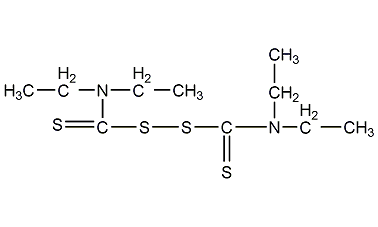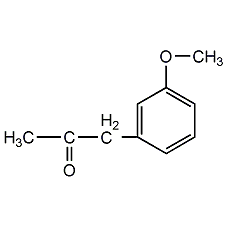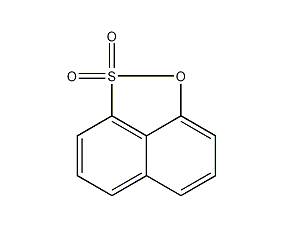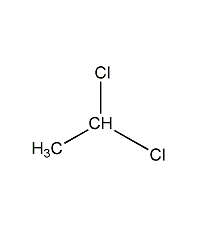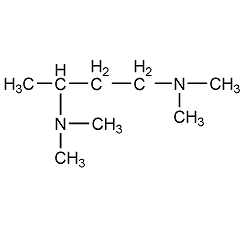
Structural formula
| Business number | 02CR |
|---|---|
| Molecular formula | C8H20N2 |
| Molecular weight | 144.26 |
| label |
N,N,N’,N’-tetramethyl-1,3-diaminobutane, (CH3)2NCH(CH3)CH2CH2N(CH3)2, 1,3-Bis(dimethylamino)butane, 1,3-Diaminobutane,n,n,n’,n’-tetramethyl-, N,n,n(sup1),n(sup1)-tetramethyl-1,3-diaminobutane, N,n,n’,n”-tetramethylbutane-1,3-diamine, N,n,n’,n’-tetramethylbutane-1,3-diamine, N,n,n’,n’-tetramethyl-3-butanediamine |
Numbering system
CAS number:97-84-7
MDL number:MFCD00025678
EINECS number:202-610-4
RTECS number:EJ7525000
BRN number:1698054
PubChem number:24848551
Physical property data
1. Properties: colorless liquid.
2. Density (g/mL, 25℃): 0.787
3. Relative vapor density (g/mL, air=1): 5
4. Melting point (ºC): Undetermined
5. Boiling point (ºC, normal pressure): 165
6. Boiling point (ºC, kPa): Undetermined
7. Refractive index: 1.431
8. Flash point (ºC): 41
9. Specific rotation (º): Undetermined
10 . Autoignition point or ignition temperature (ºC): Not determined
11. Vapor pressure (mmHg, 20ºC): 1.64
12. Saturated vapor pressure (kPa, ºC): Not determined Determined
13. Heat of combustion (KJ/mol): Undetermined
14. Critical temperature (ºC): Undetermined
15. Critical pressure (KPa ): Undetermined
16. Log value of oil-water (octanol/water) partition coefficient: Undetermined
17. Explosion upper limit (%, V/V): 7.8
18. Lower explosion limit (%, V/V): 0.8
19. Solubility: Undetermined
Toxicological data
1. Skin/eye irritation: Start irritation test: rabbit skin contact, 1mgREACTION SEVERITY, moderate reaction; Standard Dresser test: rabbit eye contact, 5mgREACTION SEVERITY, moderate reaction; 2. Acute toxicity: Rat oral LD50: 750mg /kg; Rat inhalation LC50: 360ppm/4H; Mouse intravenous injection LD50: 180mg/kg; Rabbit skin contact LD50: 320mg/kg; 3. Other multiple dose toxicity: rat inhalation TCLo: 50700ppb/6H/11D-I;
Ecological data
This substance is slightly hazardous to water.
Molecular structure data
1. Molar refractive index: 46.51
2. Molar volume (cm3/mol): 175.4
3. Isotonic specific volume (90.2K ): 399.1
4. Surface tension (dyne/cm): 26.7
5. Polarizability (10-24cm3): 18.43
Compute chemical data
1. Reference value for hydrophobic parameter calculation (XlogP): 1.1
2. Number of hydrogen bond donors: 0
3. Number of hydrogen bond acceptors: 2
4. Number of rotatable chemical bonds: 4
5. Number of tautomers: none
6. Topological molecule polar surface area 6.5
7. Number of heavy atoms: 10
8. Surface charge: 0
9. Complexity: 79.3
10. Number of isotope atoms: 0
11. Determine the number of atomic stereocenters: 0
12. Uncertain number of atomic stereocenters: 1
13. Determine the number of chemical bond stereocenters: 0
14. Number of uncertain chemical bond stereocenters: 0
15. Number of covalent bond units: 1
Properties and stability
Avoid contact with strong oxidizing agents.
Storage method
Store in a cool, ventilated warehouse. Keep away from fire, heat sources and anti-static. Protect from direct sunlight. The packaging is sealed. should be kept away from oxidizer, do not store together. Equipped with the appropriate variety and quantity of fire equipment. Suitable materials should be available in the storage area to contain spills.
Synthesis method
None
Purpose
None
extended-reading:https://www.bdmaee.net/wp-content/uploads/2020/06/66.jpgextended-reading:https://www.newtopchem.com/archives/category/products/page/143extended-reading:https://www.bdmaee.net/low-odor-reaction-type-9727/extended-reading:https://www.bdmaee.net/niax-a-2420-foaming-catalyst-momentive/extended-reading:https://www.bdmaee.net/niax-catalyst-a-400/extended-reading:https://www.newtopchem.com/archives/206extended-reading:https://www.bdmaee.net/nt-cat-la-404-catalyst-cas1066-33-4-newtopchem/extended-reading:https://www.bdmaee.net/wp-content/uploads/2022/08/-37-low-odor-polyurethane-rigid-foam-catalyst-polyurethane-rigid-foam-catalyst.pdfextended-reading:https://www.newtopchem.com/archives/40287extended-reading:https://www.bdmaee.net/addocat-9558/
